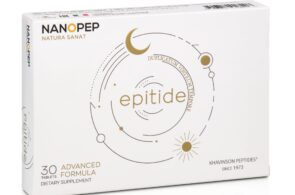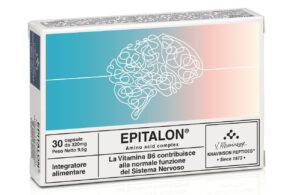Case study. Interaction of the AEDL peptide with DNA
In the cell culture experiments, the AEDL peptide proved to be an efficient agent stimulating the cell renewal processes and the enhancement of the functional activity of bronchial epithelial cells. A presumed target of the peptide action is a DNA molecule.
The work studies the peptide binding with high-molecular DNA in solutions with different ionic strengths.
The spectral (UV spectophotometery and circular dichroism) and hydrodynamic (viscosimetry) methods show that, under the experimental conditions, the AEDL peptide forms a complex with DNA and that nitrogen bases are involved in the binding.
The character of spectral changes in DNA suggests a possible interaction of the AEDL peptide with DNA in the major furrow at the guanine N7 site without a visible distortion of the double helix structure.














